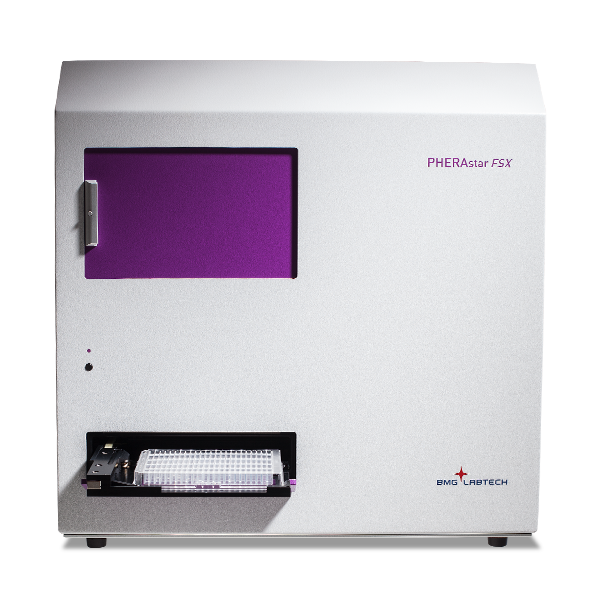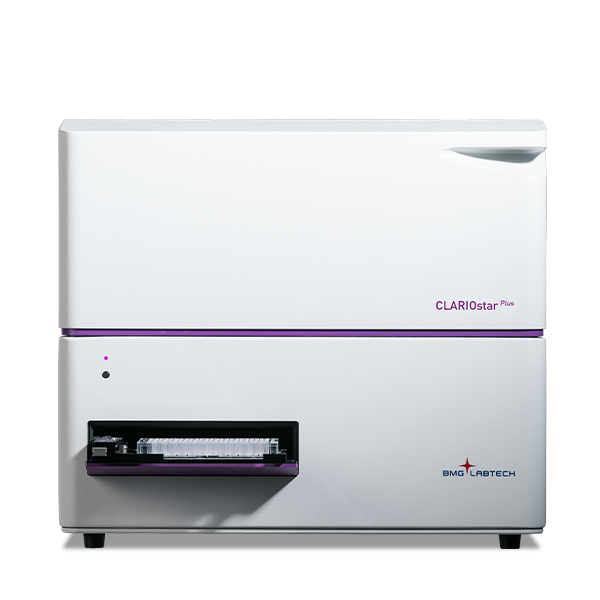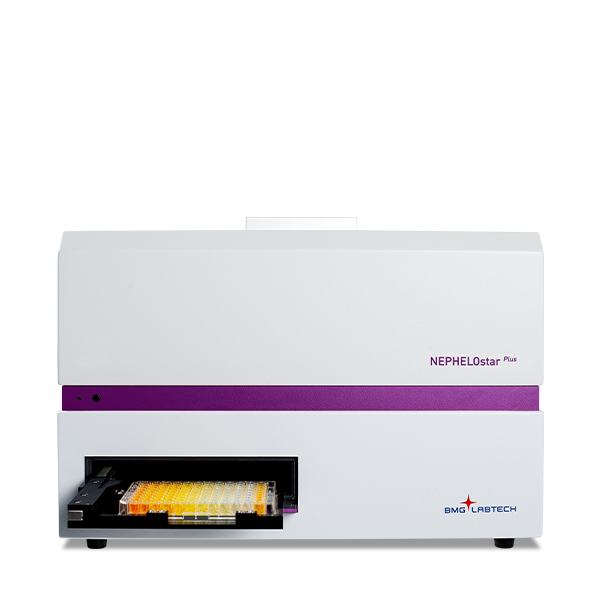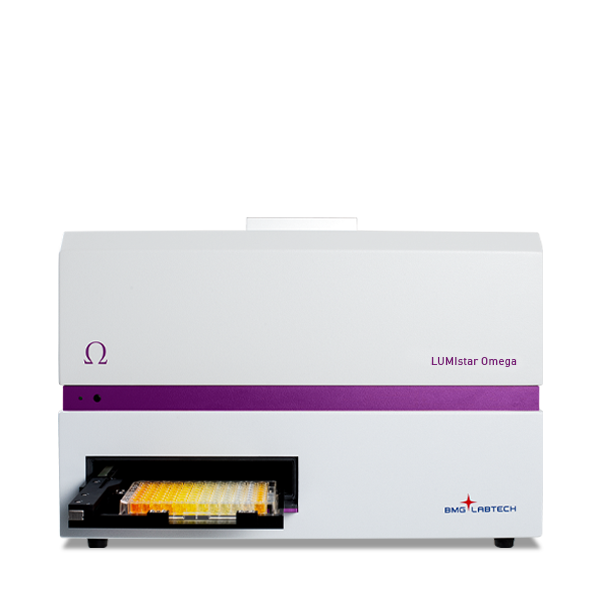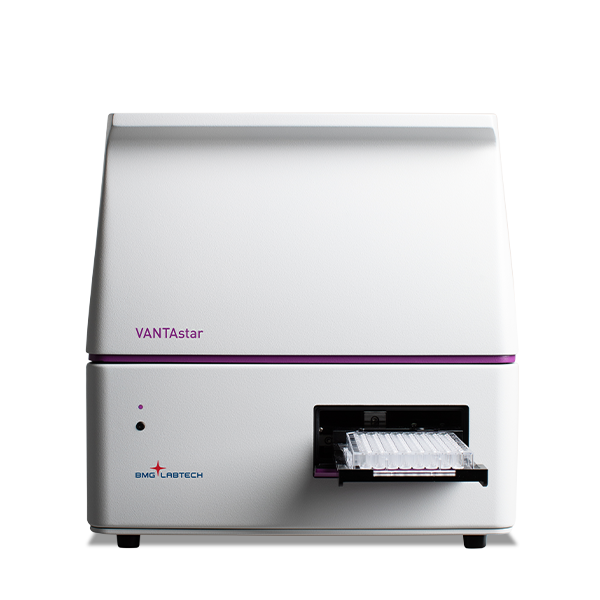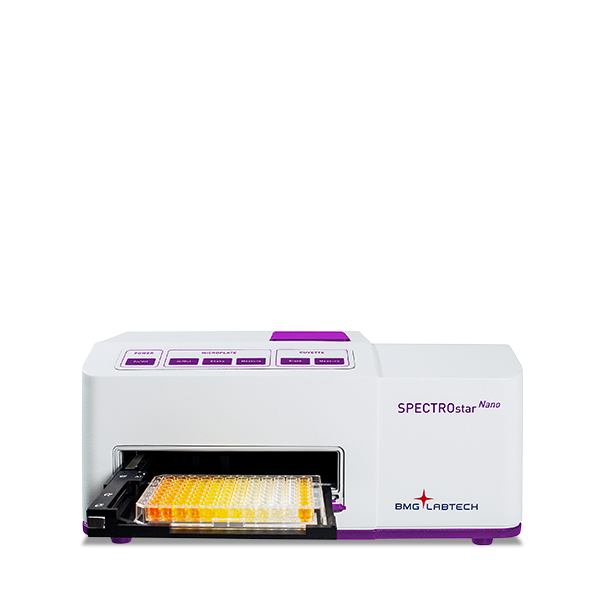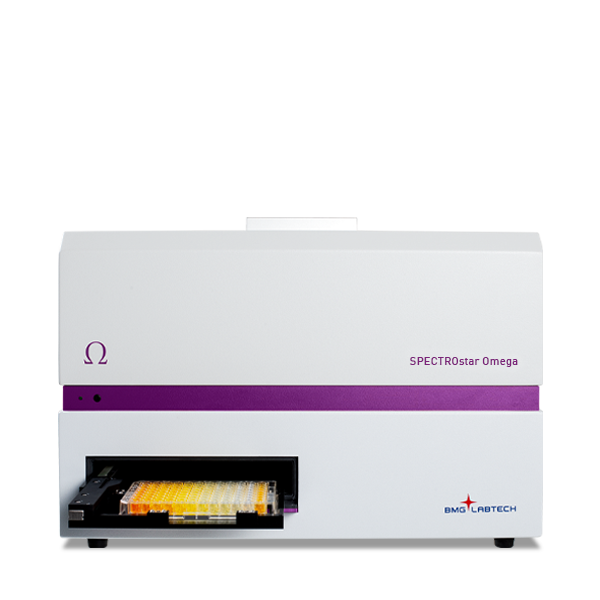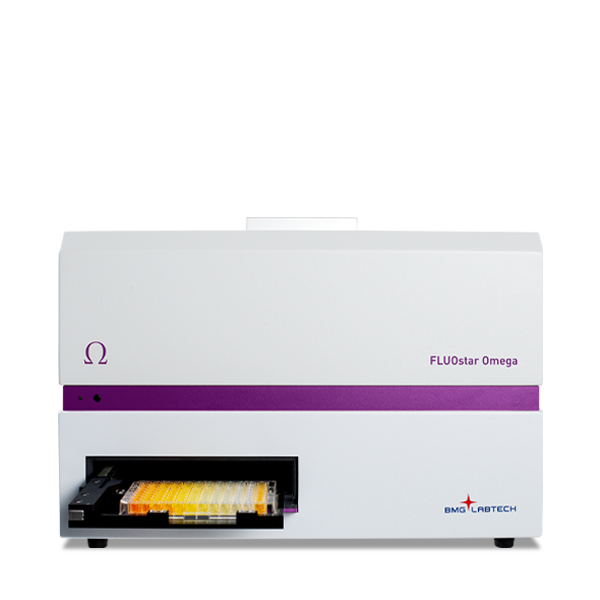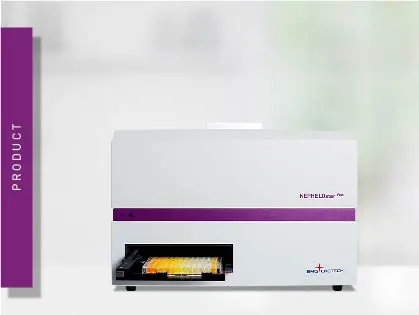
 Basic information about nephelometers
Basic information about nephelometers
A nephelometer is an instrument dedicated to the measurement of the turbidity or cloudiness of a sample. Turbidity is usually caused by the presence of insoluble particles suspended in a liquid or gas. A nephelometer is used to measure light scattering (light reflected off the particles in a sample), not the attenuation of light (absorbance) caused by turbidity.
Nephelometer microplate readers measure insoluble particles present in liquid solutions in the well of a microplate. The solution in the well is hit by a light beam perpendicular to the plane of the microplate. Suspended particles in the solution will scatter this light beam. In the nephelometer, scattering light is collected by a detector set to one side at 90° of the light source. The output of the instrument is the intensity of scattering.
Particle density is calculated as a function of light scattering. To some extent, scattering for a given density of particles is dependent on specific properties of the particles such as their size, colour, and shape.
Nephelometer microplate readers are instruments mainly used for monitoring turbidity and particulate presence in various fields, such as drug discovery and screening, academic life science research, and water quality monitoring. In water quality testing, scattering instruments are also referred to as turbidimeters.
There is a wide variety of instruments on the market for different scattering or turbidity applications. Differences between instruments mainly depend on the position and angle between the light source and detector.
Part of nephelometry but not relevant to nephelometer microplate readers is the measurement of aerosol scattering (e.g. dust pollution in the air), or the study of planetary atmospheres by gas-phase nephelometers.
- Initial recommendation
- Detailed Recommendation

Get help selecting the right microplate reader
Configure your microplate reader and get an initial recommendation!
What is a nephelometer?
A nephelometer is an instrument that contains a light source, a detector arranged at a right angle to the light beam, and in between an optical light scattering collector. Nephelometers are dedicated instruments that can only detect scattering and are only available as standalone plate readers.
On BMG LABTECH´s NEPHELOstar Plus, a laser diode (at 635 nm) with a highly collimated beam is used as high-intensity light source. The laser beam passes through the sample well. If there are no particles scattering the light, this passes straight through, and no signal is generated. In case particles are present in the sample, the light is dispersed into a scattered light collector called Ulbricht sphere. Herein, the light gets reflected around the interior of the sphere and ultimately detected by the photodiode of the nephelometer.
In liquid solutions, the relationship between the concentration of scattering particles and scattered light intensity is linear over a wide range of concentrations. This way a nephelometer can be used to measure the concentration of particles via light scattering detection. The concentration of a sample results hence from the intensity of scattering produced by its particles. This amount depends on the nature (size, colour, shape, reflectivity) of the particles.
The unit of turbidity, measured with a calibrated nephelometer or turbidimeter instrument for environmental monitoring, is the Nephelometric Turbidity Unit (NTU). However, measuring turbidity data with a calibrated nephelometer is a time-consuming, multistep process that employs large sample volumes.
In the application note Improving throughput for assessing nephelometric turbidity units (NTUs) using the NEPHELOstar Plus,our nephelometer provides higher throughput, and a simplified, and low-volume approach to the collection of NTU data. Data expressed in RNUs (Relative Nephelometry Units) collected on the NEPHELOstar Plus are compared to the NTU results from a conventional instrument.
Do you want to use a Nephelometer in your lab?
Request a quote or more information here:
 What to consider when choosing a nephelometer?
What to consider when choosing a nephelometer?
If you are on the market for a nephelometer or turbidimeter, there are a few factors to take into account, as performance can significantly affect the quality of your research data.
Nephelometry or turbidimetry
Scattering can be measured both by nephelometry and turbidimetry. Although these two terms are used sometimes as synonyms, technically they are not, as mentioned above. Turbidimetry is basically an absorbance measurement and can be performed on an absorbance microplate reader (turbidimeter). For measuring nephelometry (direct scattering), a dedicated nephelometer is needed.
When developing a scattering method, the instrument choice between nephelometer and turbidimeter is determined by two factors. The most important consideration is sensitivity. If the sample contains a small concentration of scattering particles, then a nephelometer is the best choice. A turbidimeter is a fitting choice when samples have a high concentration of scattering particles. On the NEPHELOstar Plus, lightly scattered insoluble particles are detected at incident angles up to 80o. This makes this nephelometer approximately thirty times more sensitive than traditional absorbance readers, measuring the reduction of direct light passing through a sample well.
Secondly, the size of the scattering particles has to be considered. Generally, nephelometers are better suited for measuring scattering of small particles (< 1 µm), as the intensity of scattered light at 90° increases. Particle size is less important for turbidimeters, as the decrease in transmitted light is measured.
Flexibility
Though a nephelometer is a single-purpose instrument, flexibility should be anyway considered. This relates mainly to the light beam, as this plays a major role when measuring scattering. An exclusive feature of the NEPHELOstar Plus is the adjustable intensity and beam diameter of the laser light source.
In a nephelometer, the ability to adjust the intensity of the laser beam improves sensitivity and provides the best performance. With a narrow beamwidth, liquid surface effects such as a strong meniscus are reduced. Moreover, it allows better performance in high-density microplates up to 384 wells.
Depending on the assay, precise temperature control, multi-mode shaking capabilities, and atmospheric control or a gas vent could be beneficial.
Compatible microplate formats
Commonly nephelometric assays are measured in 96 well microplates. However, if you have multiple samples and/or wish to save precious reagents or time, 384 well plates can also be used. Since scattering can also be caused by dust, dirt, or scratches on the bottom of a well, microplates used for nephelometry have to be treated with extreme care.
Reagent injectors
Depending on the nature of the assay you want to run, the availability of reagent injectors on a nephelometer could be beneficial. By manually pipetting reagents into the wells, you can run the risk of losing important data about your reaction. Especially for fast responses, the event you are looking for may already be gone before the nephelometer can detect it.
 Our nephelometer
Our nephelometer
Nephelometry-based detection can be performed on the NEPHELOstar Plus, the world’s only laser-based microplate nephelometer. The NEPHELOstar Plus uses a specific laser with adjustable intensity and diameter as a light source and an Ulbricht sphere to collect scattering light with an angle up to 80 degrees. Thanks to these features, this nephelometer is able to outperform simple turbidimetry measurements.
Do you want more information about the world’s only laser-based microplate nephelometer?
Visit our detailed product page for more information here:

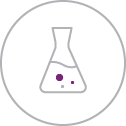 Which assays can be measured by a nephelometer?
Which assays can be measured by a nephelometer?
In life sciences, nephelometers are mainly used in pharmaceutical labs to test the solubility of drugs, also in automated screenings. In biochemical labs, the main applications of a nephelometer include protein-protein interaction, protein aggregation, and polymerization studies. In immunology, nephelometric detection has its main application in the development of new antibodies and the analysis of their binding capability to antigens.
The flexibility and performance of the NEPHELOstar Plus allow more applications to be adapted to microplate-based laser nephelometry than ever before. These include as well, flocculation assays, and bacterial and fungal growth kinetics.
Automated drug solubility screenings
Determining aqueous compound solubility has become an essential early step measurement in the drug discovery process. This is meant to avoid time-consuming and costly ADME screens of low solubility compounds and can be performed in high throughput on a nephelometer. The scattering method has been shown to produce results equivalent to those produced by an HPLC method and to be largely unaffected by coloured solutions.
Microbial growth kinetics
Continuous nephelometric monitoring of changes in scattering can be used to test antimicrobial drugs and their effects on microbial growth kinetics.Among various parameters of the growth curves, the duration of the lag phase is strongly affected by the presence of antimicrobial drugs. This early part of the growth curve can be monitored more exactly, using the NEPHELOstar Plus instead of a traditional photometer.
Quantification of proteins
In clinical chemistry, immunonephelometric assays are used to determine the concentration of serum immunoglobulins (IgA, IgG, lgM), complement components (C3, C4), acute phase reactant proteins (CRP, transferrin), albumin, and alpha-1-antitrypsin. Protein precipitation of globular proteins refers to the formation of protein aggregates by adding e.g., salt or organic solvent. In contrast, immunoprecipitation allows a given protein to be precipitated selectively via an antibody-antigen reaction.
Monitoring of polymerization
In organic chemistry, nephelometry is used to quantify macromolecules, e.g., by monitoring a polymerisation reaction.
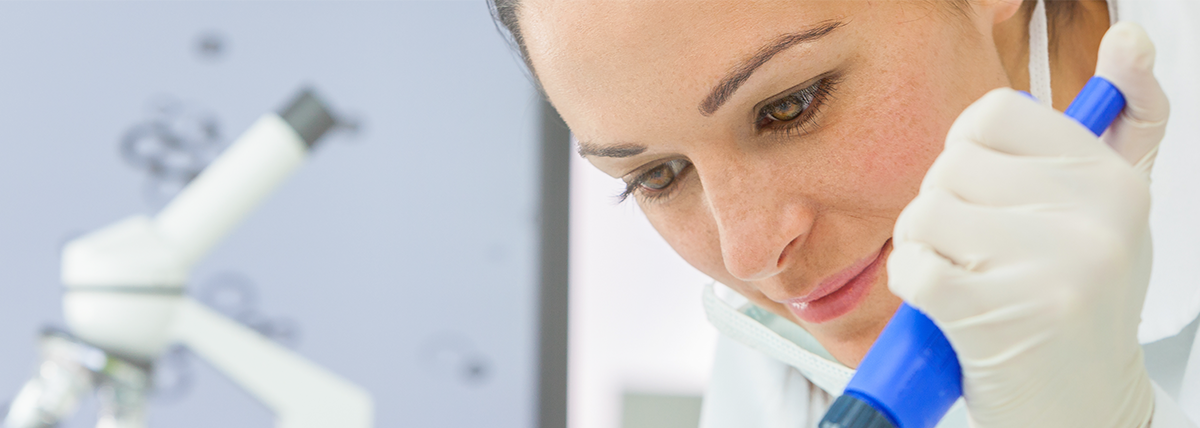
Why to choose a BMG LABTECH nephelometer?
BMG LABTECH is specialised in producing microplate readers only and brings more than 30 years of full expertise in plate reading technology. This knowledge gets visible in the results that our instruments deliver - the only factor that counts in your lab! BMG LABTECH users can trust to obtain best results in sensitivity, speed and flexibility. Moreover, our multi-mode microplate readers are developed to provide optimum performance for years. Our instruments are developed, produced and tested in Germany and are built to be extremely robust and reliable.
Buy only what you need
Due to their modularity, all our fluorescence plate readers can be equipped with different detection modes and cover a multitude of applications. Additional features can be upgraded at any time. This gives you the chance to keep your options open even if you don’t use the full scope of your microplate reader right at the bat.
All-round service and support
We strive to provide you with the very best customer service. All sales area representatives are highly trained technical specialists able to support both the hardware, software and most application questions. For the most complex applications solutions a team of dedicated application specialists are also available.
Multi-user software package
All our instruments come with a multi-user software package that can be installed on as many computers as users requires, without the need to purchase licenses. Software updates for our microplate readers are of no charge within the first 12 month after purchase.




